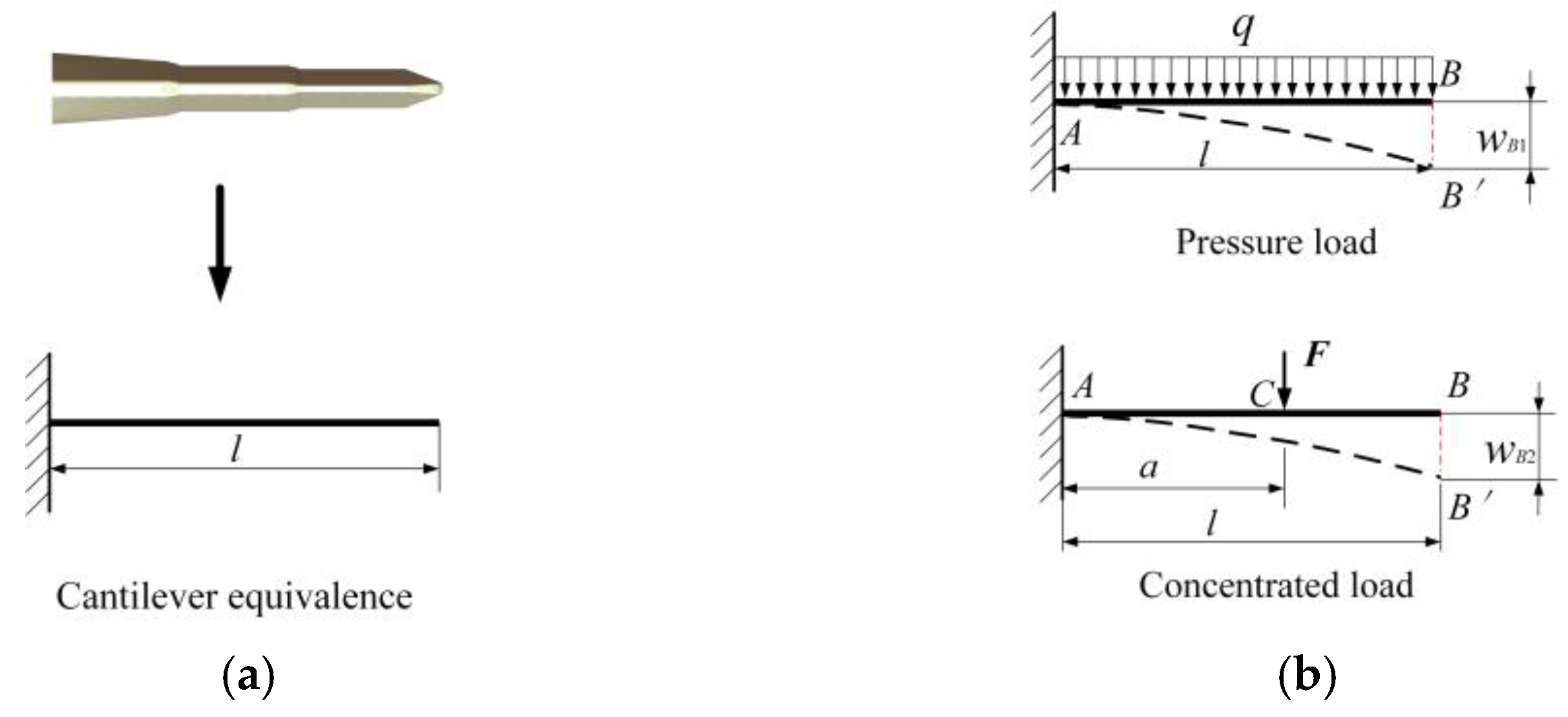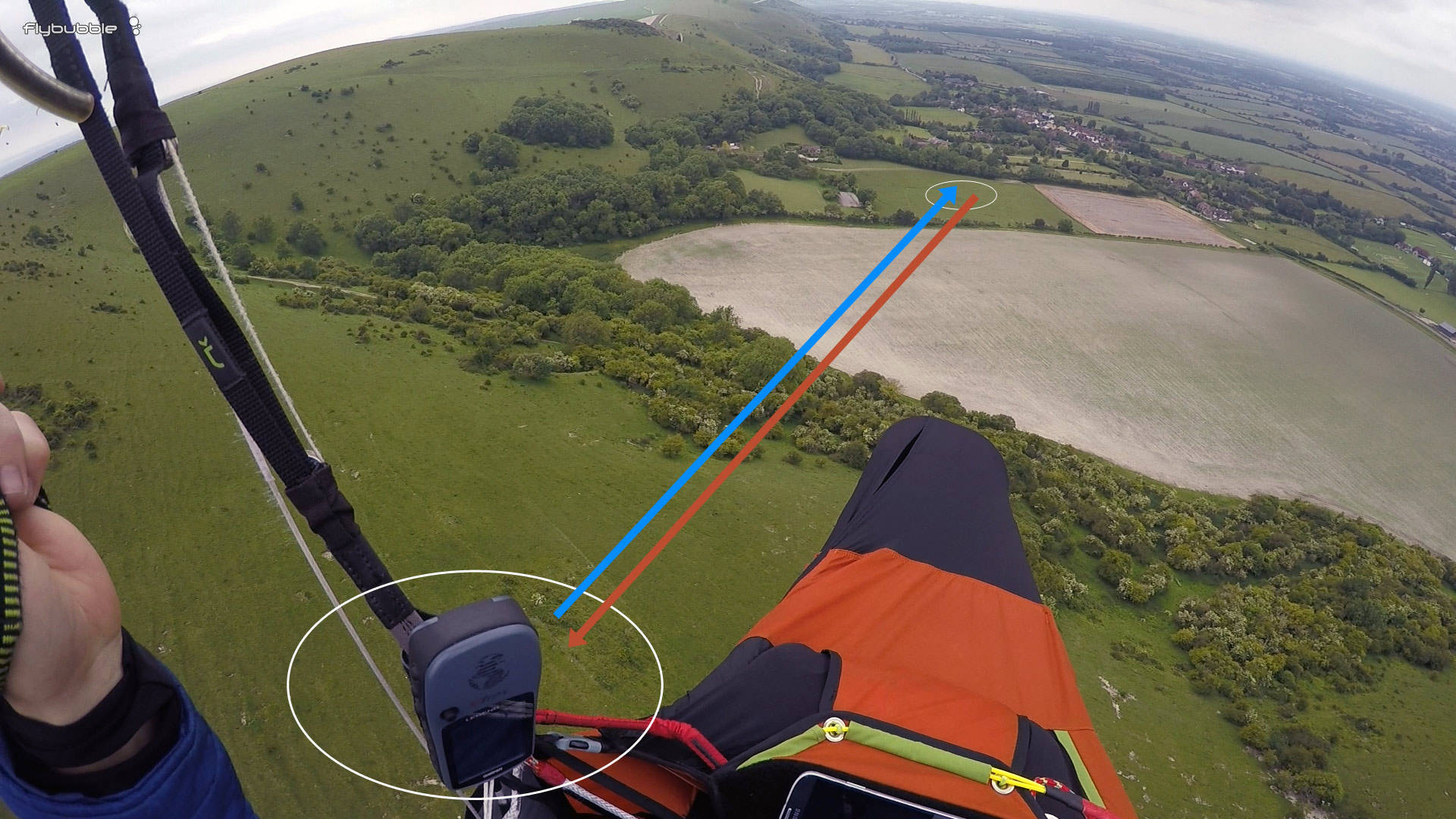The Science of Wing Loading: How It Affects Your Glider's Performance

Wing loading, defined as the total weight of the aircraft divided by the wing area, is one of the most critical parameters affecting glider performance. Measured in kilograms per square meter (kg/m²) or pounds per square foot (lbs/ft²), this simple ratio has profound implications for how your glider behaves in various flight conditions.
Fundamental Aerodynamic Principles
The relationship between wing loading and performance stems from basic aerodynamic principles. As wing loading increases, the glider must fly faster to generate sufficient lift. This is derived from the lift equation: Lift = ½ρv²SCL, where ρ is air density, v is velocity, S is wing area, and CL is the coefficient of lift.
Higher wing loading means:
- Increased minimum sink speed
- Higher best glide ratio speed
- Greater penetration into wind
- Reduced circling radius in thermals
- Higher structural loads on the airframe
Performance Trade-offs
Pilots must understand the performance trade-offs associated with different wing loadings:
Low Wing Loading (20-30 kg/m²): Excellent climb performance in weak thermals, slower flight speeds, gentler stall characteristics, but poor penetration in windy conditions and more susceptibility to turbulence.
Moderate Wing Loading (30-45 kg/m²): Balanced performance suitable for most conditions, reasonable climb rates with decent cruise performance.
High Wing Loading (45+ kg/m²): Exceptional cruise performance and wind penetration, but requires stronger lift to maintain altitude and more precise piloting skills.
Practical Implications
Understanding these relationships allows pilots to:
- Select appropriate wing loading for expected conditions
- Adjust flight techniques accordingly
- Make informed decisions about ballast usage
- Optimize performance for specific tasks
The science of wing loading provides the foundation for all advanced glider performance optimization. By mastering these principles, pilots can extract maximum performance from their aircraft across all flight conditions.



